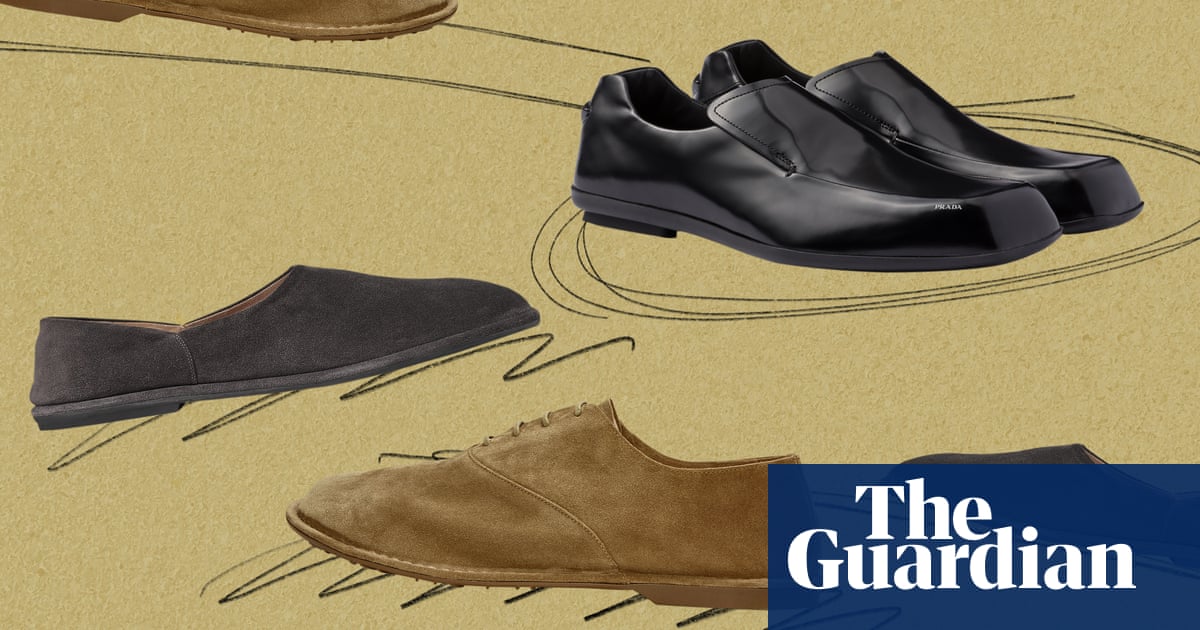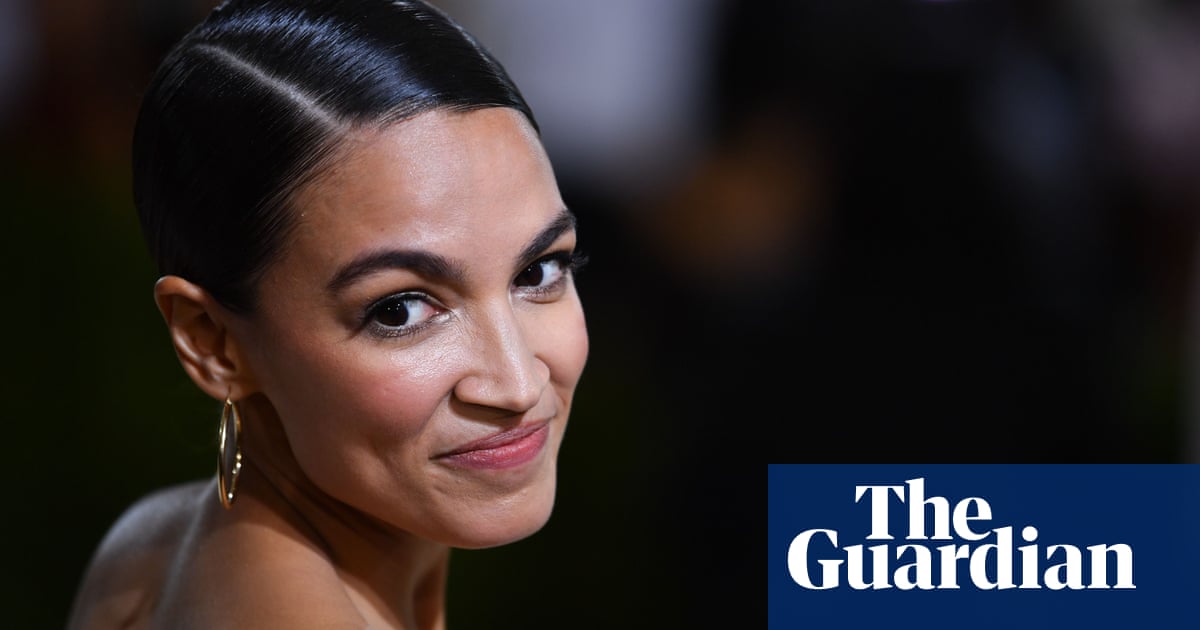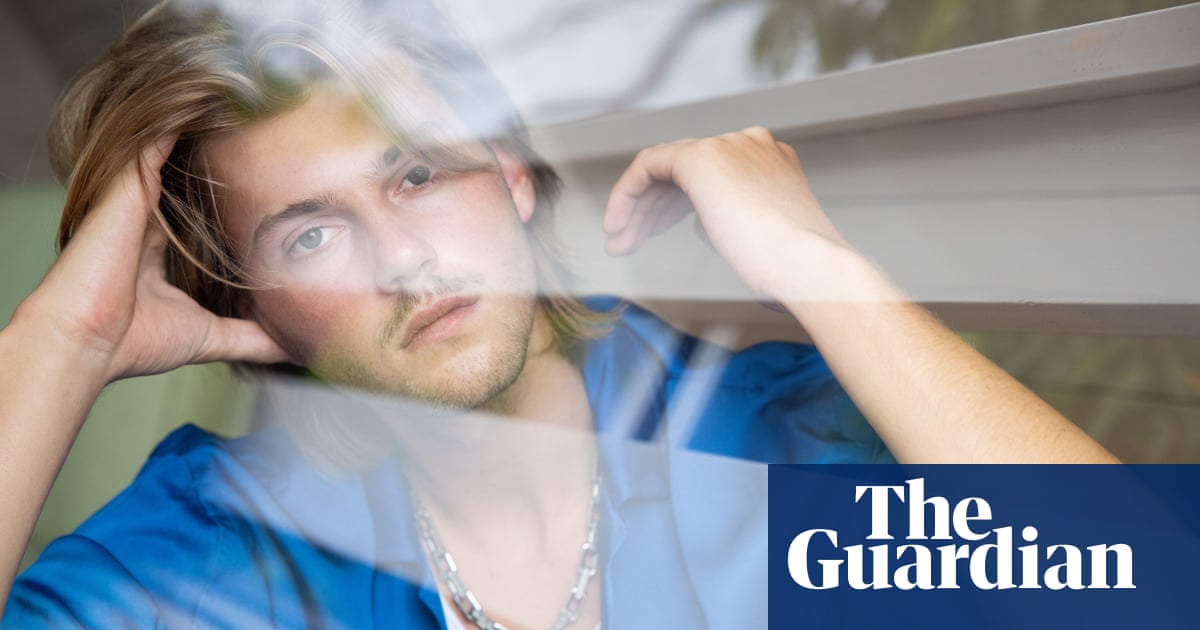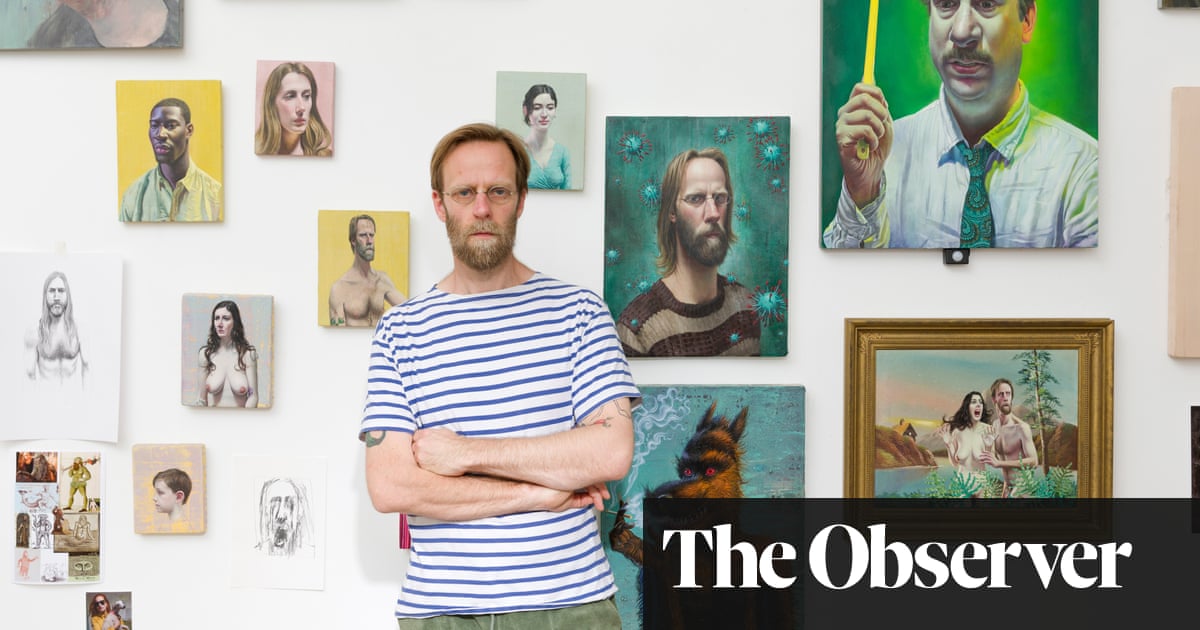
The barefoot shoe – less oxymoronically known as the minimalist or zero drop shoe – is currently trending in the world of running. Designed so that the heel and ball of the foot hit the ground at the same level, the shoes enable their wearers to move as naturally as possible (imagine a caveman chasing a Smilodon wearing goatskins on his feet and you’ll get the idea). It’s also a trend currently running out of the locker room and pounding a course for your feet.
At the athletic end of the spectrum is Vivobarefoot. The company produces ultra thin-soled shoes designed to be worn while jogging (mercifully devoid of the defined toes found on their counterparts) as well as barefoot desert boots and loafers. The brand’s strapline: “Reconnect your feet with the ground, and move in the ways that nature intended.”
Low profile, understated, flat – the barefoot shoe is the diametric opposite of the oversized, chunky-soled footwear styles that have dominated for the past decade or so, and which I (and many others) are itching to depart from in favour of a return to on-foot simplicity.
It’s a shift reflected by wider consumer demand. According to research company Allied, the global market for barefoot shoes was valued at £374m in 2021 and is projected to reach £626.5m by 2031. Although the figures are primarily centred around the sportswear sector, the world of high fashion is jumping on the barefoot bandwagon, too.
Celebrated British designer Jonathan Anderson has staked his barefoot bets for Loewe on a range of wide-set, thin-soled Campo penny loafers and barely-there slippers, while at Lemaire, the Parisian brand’s piped leather loafers and buckled slip-ons feature a balletic aesthetic.
At the autumn/winter menswear shows, “brands [were] opting for elegance over the familiar chunky statement pieces we have seen in recent seasons,” says Damien Paul, head of menswear at luxury e-tailer Matches Fashion, which increased the number of eel skin loafers they are stocking by hyper-luxe brand The Row by over 40 per cent. They’re almost completely sold out despite costing a cool £1,310.
Prada, famous for its line in clompy trainers, has placed the “Razor” loafer – less a shoe, more a speedboat – at the centre of its spring/summer collection. Likewise, Bottega Veneta (the Kering-owned brand whose recent fortunes have been spurred on by the popularity of its Herman Munster-esque Lug boot), has recently pushed its thin-soled woven “intrecciato” sneakers and is also offering a Domenica “boot” that is truly more very posh (£800) sock than actual shoe.
At Manolo Blahnik, the Spanish designer’s slim-soled penny loafers, slippers and boat shoes remain mostly unchanged from previous seasons, but look more relevant than ever. “I have never designed ‘clompy’ shoes, so their demise is not so relevant to my personal design aesthetic,” Blahnik says with characteristic candour. “It’s essential to me that shoes have a lightness to their construction both visually and structurally […] my preference is for designing very slender ‘barely there’ soles.”
You’ll have read about the prevailing quiet luxury trend, which has seen brands shift in an understated direction, and they are now imbuing the pared-back elegance found in their clothes into their shoes. “We have seen the low-profile shoe gaining momentum as part of the overall trend for cleaner, more minimal dressing,” says Sophie Jordan, menswear buying director at Munich-based luxury retailer Mytheresa.com. “Easy, soft leather or suede day loafers are seeing huge uplift in our sales,” she says, with the latter their fastest- growing shoe category for the past year.”
So what is the demand for barefoot shoes about? As someone who has felt the call, I think the move towards barefoot-style shoes is a manifestation of our desire to reconnect with the world. It’s no secret that we’re living through a moment of great turbulence – environmentally, economically, socially – and the closer to the ground we are, the safer and more in tune with our surroundings we feel (picture Richard Gere strolling barefoot in the grass in 1990’s Pretty Woman or the kids in Succession paddling fraternally in the Caribbean sea before their big boardroom showdown, for proof). It’s one of the reasons why people run in barefoot shoes: the more connected your feet are to the earth, the better it apparently is for your gait and body overall.
The good news for those who want to try the look on for size is that a host of more affordable brands are stepping into the thin-soled fray. Adidas saw an upswing in popularity of its most barely-there trainers, the Sambas and Gazelles last year, while Puma recently re-released its classic Mostro, a low-profile shoe that looks like something Batman might wear if he ever decided to give up the Batmobile and race classic cars instead. And if neither of those jump out at you, then you could head to Vivobarefoot instead: the low slung RA II Oxfords are surprisingly chic.












